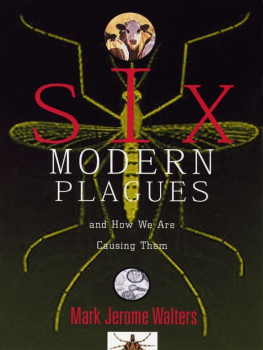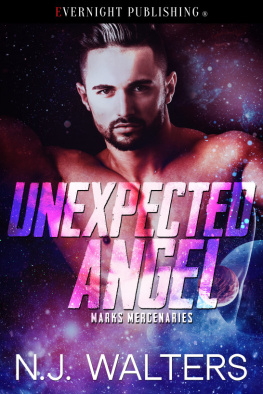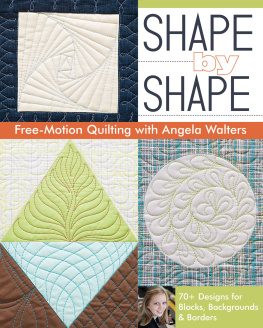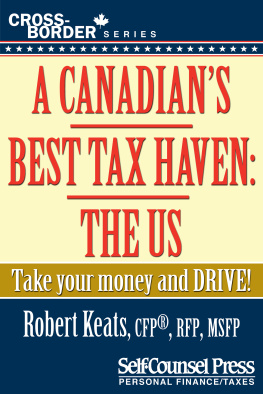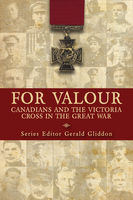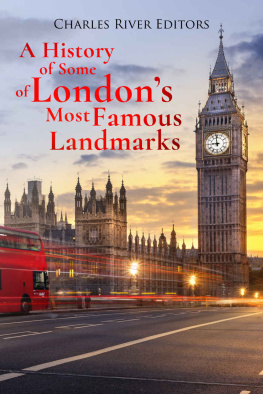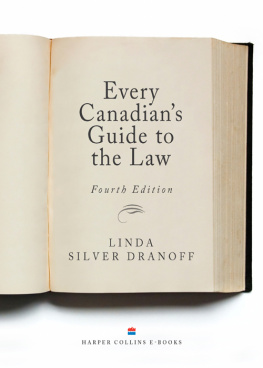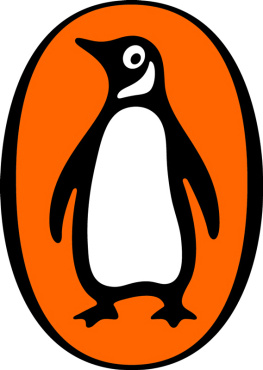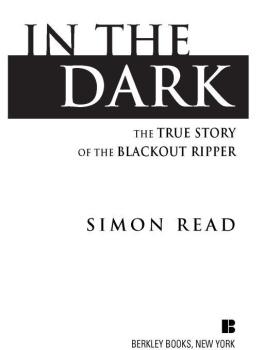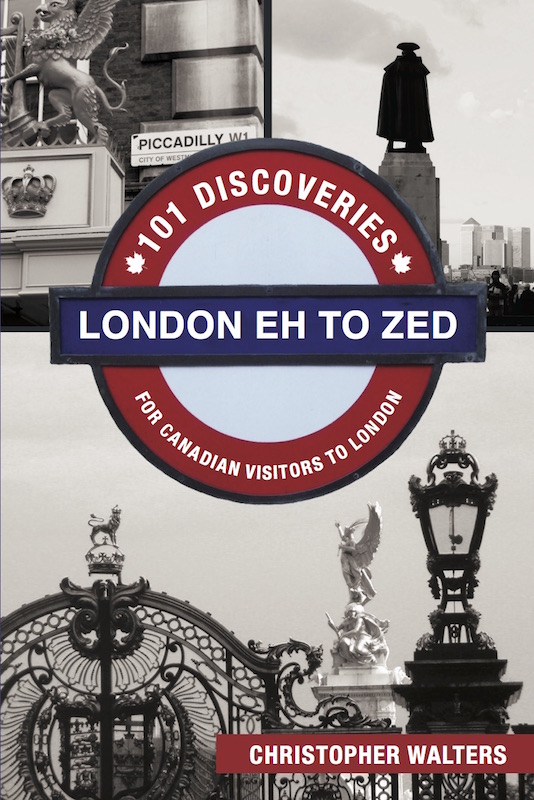Copyright
Copyright 2015 Christopher Walters
All rights reserved. No part of this publication may be reproduced, stored in a retrieval system, or transmitted in any form or by any means, electronic, mechanical, photocopying, recording, or otherwise (except for brief passages for purposes of review) without the prior permission of Dundurn Press. Permission to photocopy should be requested from Access Copyright.
Editor: Cheryl Hawley
Design: Courtney Horner
Cover Design: Sarah Beaudin
Epub Design: Carmen
Library and Archives Canada Cataloguing in Publication
Walters, Christopher, 1964-, author
London eh to zed : 101 discoveries for Canadian visitors to London
/ Christopher Walters.
Issued in print and electronic formats.
ISBN 978-1-4597-2986-5
1. London (England)--Guidebooks. I. Title.
DA679.W26 2015 914.210486 C2014-908131-6
C2014-908132-4
We acknowledge the support of the Canada Council for the Arts and the Ontario Arts Council for our publishing program. We also acknowledge the financial support of the Government of Canada through the Canada Book Fund and Livres Canada Books, and the Government of Ontario through the Ontario Book Publishing Tax Credit and the Ontario Media Development Corporation.
Care has been taken to trace the ownership of copyright material used in this book. The author and the publisher welcome any information enabling them to rectify any references or credits in subsequent editions.
J. Kirk Howard, President
The publisher is not responsible for websites or their content unless they are owned by the publisher.
Visit us at: Dundurn.com
@dundurnpress
Facebook.com/dundurnpress
Pinterest.com/dundurnpress
Foreword
When a man is tired of London, he is tired of life, Samuel Johnson famously wrote. Young Christopher Walters, the author of this distinctive and original guide to London, has wonderfully updated Dr. Johnson: When a Canadian is tired of London, he is not only tired of life, but has also given up on his historical soul.
I say young Mr. Walters because that is how he still seems to me, although it has been more than three decades since he first walked into my life in London, not surprisingly. He was still a university student on the lam during the summer holidays during his undergraduate career in Canada. I was the West European bureau chief for the Globe and Mail and occupied a plummy suite of offices in Temple Chambers, just off Fleet Street, which was still the world-famous street of shame as the satirical magazine Private Eye dubbed the once-famous thoroughfare of newspaper and magazine premises and beer-soaked pubs.
The bureau secretary came into the office and told me I should see this kid in the outer office who was looking for some sort of work. He had clearly worked his charms on the secretary because I tried to get her to tell him to go fly a kite, but she stood her ground.
Hes cute, she said. Hed be fun to have around here.
Oh great, I said. Hes cute. Shall we have him stand outside the office like a cigar store Indian?
And thats when it hit me!
My older sister was about to deposit her two preteen sons on my wife and me before she could join us for a holiday in Britain and I hadnt a clue what to do about or with them. Suddenly, as if on a mission from the deity, young Mr. Walters presented himself and I had the gushing secretary usher him into my office. After discovering that he was a lot more than cute and had a genuine interest in history and journalism and politics, I asked him if he would ever consider being a very special tour guide for my nephews, who were at a perfect age to discover storybook London. He agreed, I think primarily because he had been pounding the pavement for awhile and this was the first tangible offer of anything.
Its entirely possible that some of the first insights into this useful and clever book were germinated with the nephews. Certainly, they would come back each day and regale my wife and me about how enthusiastic Chris was about all the places they went to. We noticed one special trait that still runs strong in the Walterss file: he can transform the seemingly ordinary and almost forgotten into the memorable, whether its down in the crypt of St. Pauls Cathedral, where some unlikely Canadians are memorialized, or in the ornate and sleepy rooms of the Reform Club on Pall Mall, where much of Canadas initial constitutional makeup was formulated.
Canadians sometimes have an unfortunate tendency to forget or trash their history when it becomes either inconvenient or complicated, but it is their history that has crafted the wonderful country we each cherish today. However, and from wherever, our families came to be in Canada from First Nations to the most recent immigrants several centuries of it were intimately tied up in the two mother countries of France and the United Kingdom. To understand better what we have become it is good to know from whence we came, and the surviving emblems and monuments and edifices with Canadian links sprinkled about London have a unique and often important story to tell.
And they are told here very well and very wittily by young Mr. Walters.
John Fraser
Introduction
I miss England. It took a lot of our history with it when we cut it adrift.
Canadian journalist Charles Lynch
Fresh out of university in Britain and flat broke, I landed a job as a tour guide for visiting American high-school students in London. After their initial disappointment with my Canadian accent by the crestfallen look on their faces I think they were expecting the actor Hugh Grant to show them around we set off as intrepid if similarly sounding North Americans to explore the citys popular attractions: Westminster Abbey, the Tower of London, and, with some coercion on their part and hearing loss on mine, an occasional dance club in Leicester Square.
As I prepped for my new job by reading up about London, I was struck by how oddly American it all seemed. Guidebooks frequently mentioned U.S. figures like John Harvard or Captain Smith of Pocahontas fame. There were prominent statues of George Washington, Abraham Lincoln, Ike, and FDR. The house of Benjamin Franklin, a U.S. ambassador to Britain, bore an historic blue plaque, as did the house of John F. Kennedy, the son of one. There was an America Square, an American Church, and even a Little America.
Whether out of genuine curiosity or simple politeness, my students occasionally asked me about Canadian landmarks. Apart from Canada House in Trafalgar Square, I was hard pressed to identify any. My charges were as bemused as I was befuddled. After all if they knew anything about the North in their America, it was the fact Canadians remained loyal to Britain in the American Revolution and still bore the queen on our coinage as a reward. Yet there were no statues to our leaders in the capital of the Mother Country.



